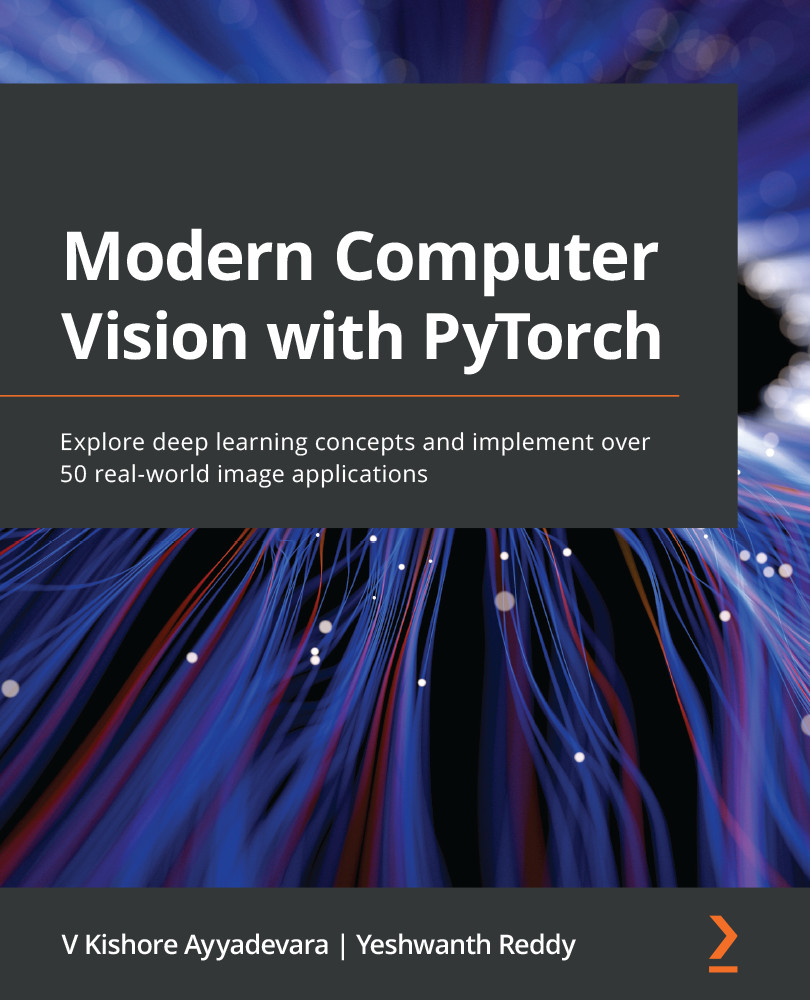Artificial Intelligence (AI) is here, and has become a powerful force and is fuelling some of the modern applications that are used on a daily basis. Much like the discovery/invention of fire, wheel, oil, electricity, and electronics - Artificial Intelligence is reshaping our world in ways that we could only fantasize about. AI has been historically a niche computer science subject, offered by a handful of labs. But because of the explosion of excellent theory, increase in computing power, and availability of data, the field started growing exponentially since the 2000s and has shown no sign of slowing down anytime soon.
AI has proven again and again that given the right algorithm and enough amount of data, it can learn the task by itself with limited human intervention and produce results that rival human judgement and sometimes even surpass them. Whether you are a rookie learning the ropes or a veteran driving large organizations, there is every reason to understand how AI works. Neural networks are some of the most flexible classes of Artificial Intelligence algorithms that have been adapted to a vast range of applications including structured data, text, and vision domains.
This book starts with the basics of neural networks and covers over 50 applications of computer vision. First, you will build a neural network (NN) from scratch using both NumPy, PyTorch, and then learn the best practices of tweaking a NN's hyper-parameters. As we progress, you will learn about CNNs, transfer-learning with a focus on classifying images. You will also learn about the practical aspects to take care of while building a NN model.
Next, you will learn about multi-object detection, segmentation, and implement them using R-CNN family, SSD, YOLO, U-Net, Mask-RCNN architectures. You will then learn to use the Detectron2 framework to simplify the process of building a NN for object detection and human-pose-estimation. Finally, you will implement 3-D object detection.
Subsequently, you will learn about auto-encoders and GANs with a strong focus on image manipulation and generation. Here, you will implement VAE, DCGAN, CGAN, Pix2Pix, CycleGan, StyleGAN2, SRGAN, Style-Transfer to manipulate images on a variety of tasks.
You will then learn to combine NLP and CV techniques while performing OCR, Image Captioning, object detection with transformers. Next, you will learn to combine RL with CV techniques to implement a self-driving car agent. Finally, you'll wrap up with moving a NN model to production and learn conventional CV techniques using the OpenCV library.


